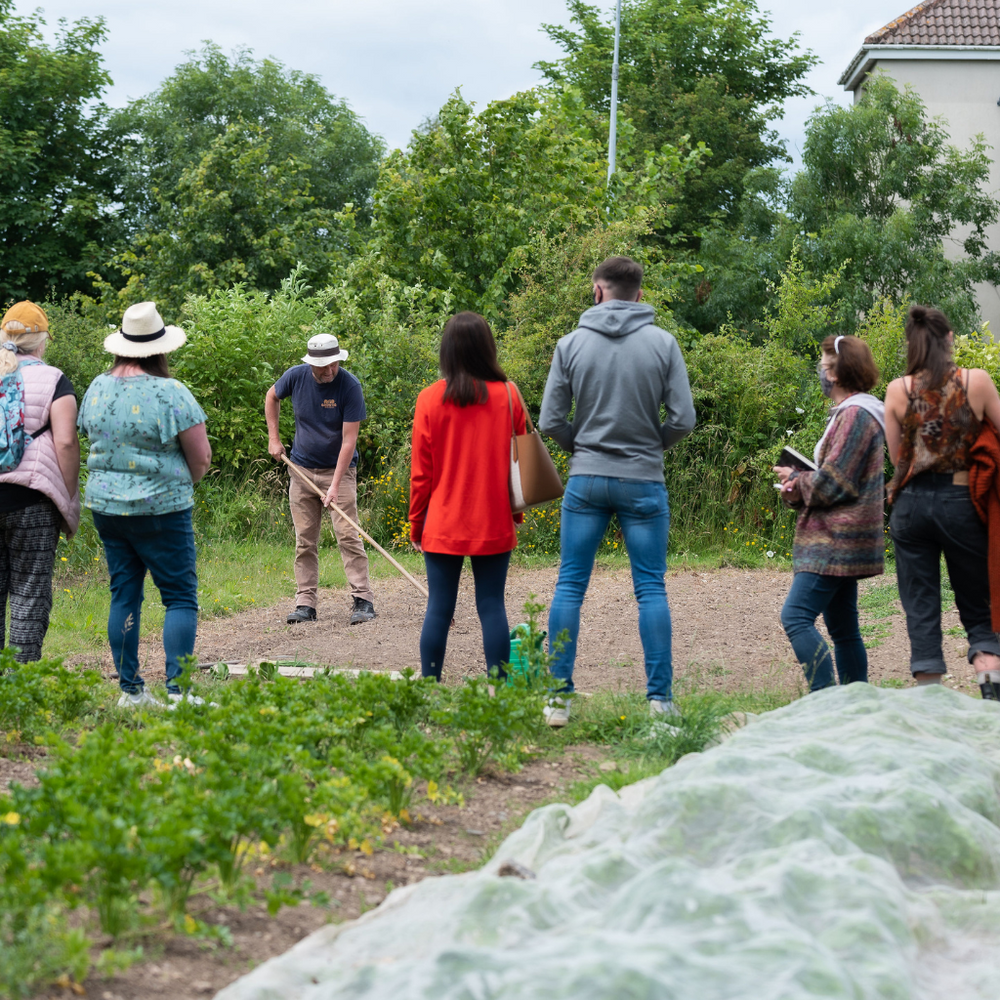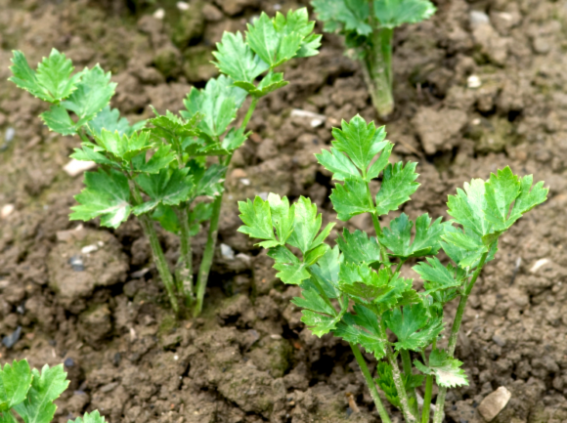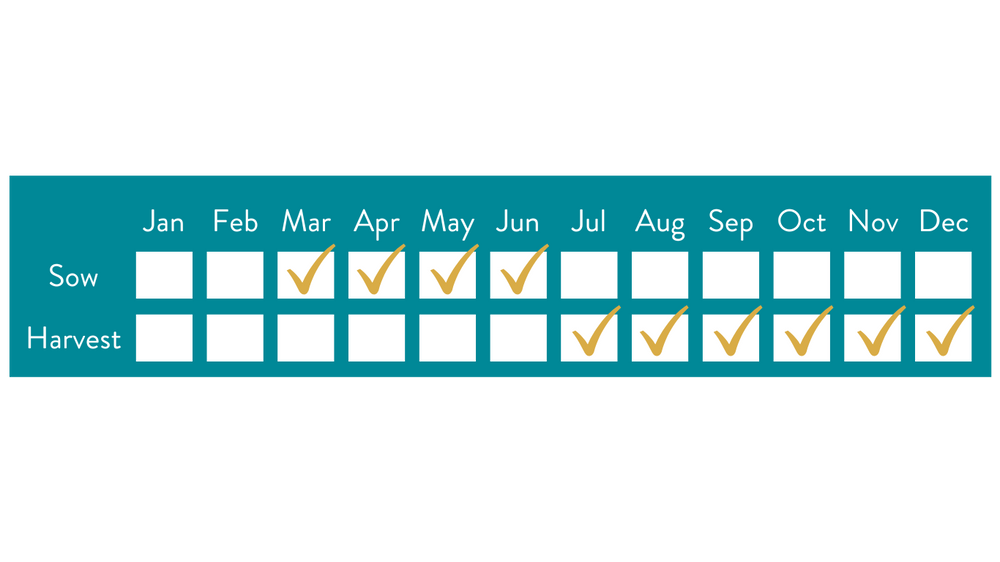
Video Guides
Need to build a raised bed? Or maybe you're battling those pesky slugs. We've got videos filled with easy and practical tips to help you in your veg patch.

Courses
Learn to grown, cook and eat some of your own food with our courses held at GROW HQ.

Celery
Veg Type:
Stems
Growing Location:
Indoors and Outdoors

Celery is incredibly good for you and is a staple ‘stockpot’ veg. It tastes great raw and also freezes well.
There are essentially two types of celery: the traditional trenching celery and self-blanching celery. Most GIYers grow self-blanching (green) celery, which doesn’t require the labour-intensive process of ‘earthing up’ or trenching. Self-blanching celery is the easiest and most commonly grown type and the instructions given below are for the self-blanching celery.
Recommended Variety
- Victoria
Sowing
- Celery needs a fertile soil, so add a general fertiliser a week or two before transplanting out to soil.
- Celery and celeriac are the only two crops that need to be sown in an open tray and pricked out – this is because the seed is very small and slow to germinate.
- Sow the seed from March to May inside in a warm place. Scatter seeds thinly on an open seed tray – the seeds should only be lightly covered with soil, as some light is required for germination.
- When the seedlings are about 2cm high they need ‘pricking out’ – this means they are carefully transferred to a small pot or module. To do this gently hold the seedling by the leaf and loosen the soil with a knife or seed label and pull out the young plant. Make a hole in the new pot with your knife, drop the seedling in and then gently firm the soil.
Growing
- About four weeks after ‘pricking out’, seeds should be ready for transplanting (plants should be around 10-15cm high).
- Plant out in blocks with plants 30cm each way.
- Water well in dry periods. Celery is a thirsty plant and if the soil dries out the stems won’t swell.
- If growth appears poor then you can give a top dressing of a nitrogen-rich fertiliser or liquid feed, such as nettle or comfrey tea. Check out our liquid feed recipes here.
Harvesting
- Celery is ready to harvest when it looks big enough to eat.
- Harvest from August to October, depending when it is sown.
- After maturing it will hold in the soil for a few weeks, but can deteriorate or get damaged by slugs if left in too long.
- Cut at soil level with a large sharp knife.
- Roots can be left in the soil to decompose.
TIPS
- Celery freezes well. Cut and blanch for three mins in boiling water. Allow to cool before packing in freezer bags.
- Celery seeds store well for up to five years.
Problems
- Slugs can badly damage the plants. Keep the plot weed free over the growing season and use less toxic slug pellets, like iron phosphate pellets, if slug numbers are getting too high.
- Root fly can tunnel into the base of the stems, but can easily be cut away after harvesting.
Our food system is broken and at GIY we believe that nurturing a real connection to where our food comes from is the key to fixing it.
We're on a mission to inspire a global movement of food growers, one GIYer at a time.
Sign up to be the first to hear about all things GIY.













